Karan Pinto
Predictive control of blast furnace temperature in steelmaking with hybrid depth-infused quantum neural networks
Apr 16, 2025
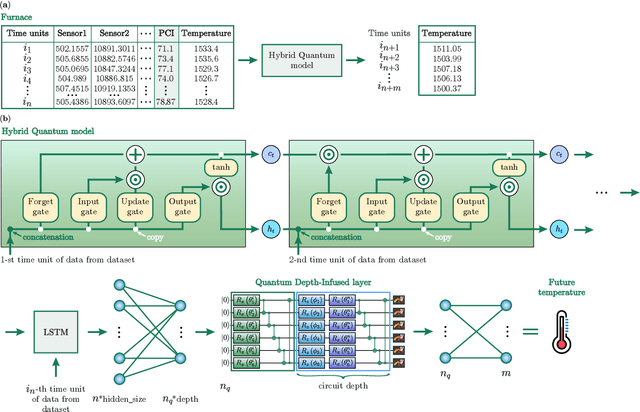
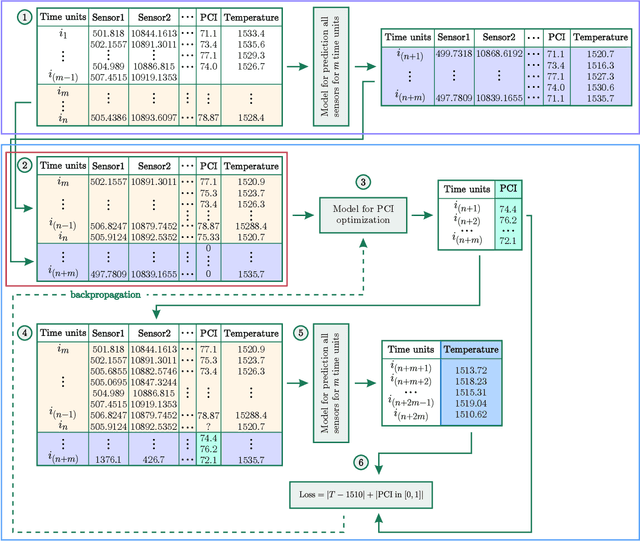
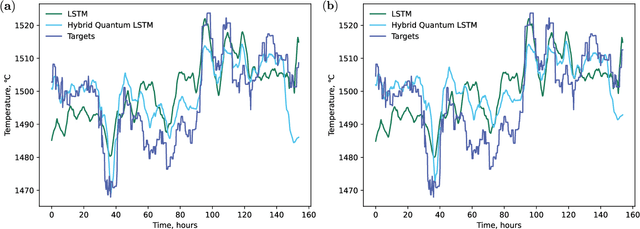
Abstract:Accurate prediction and stabilization of blast furnace temperatures are crucial for optimizing the efficiency and productivity of steel production. Traditional methods often struggle with the complex and non-linear nature of the temperature fluctuations within blast furnaces. This paper proposes a novel approach that combines hybrid quantum machine learning with pulverized coal injection control to address these challenges. By integrating classical machine learning techniques with quantum computing algorithms, we aim to enhance predictive accuracy and achieve more stable temperature control. For this we utilized a unique prediction-based optimization method. Our method leverages quantum-enhanced feature space exploration and the robustness of classical regression models to forecast temperature variations and optimize pulverized coal injection values. Our results demonstrate a significant improvement in prediction accuracy over 25 percent and our solution improved temperature stability to +-7.6 degrees of target range from the earlier variance of +-50 degrees, highlighting the potential of hybrid quantum machine learning models in industrial steel production applications.
Photovoltaic power forecasting using quantum machine learning
Dec 27, 2023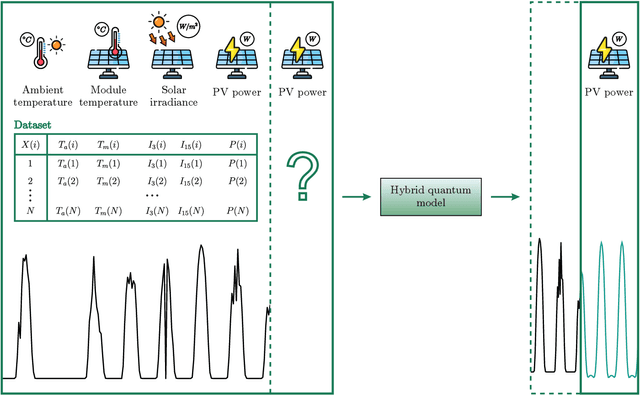
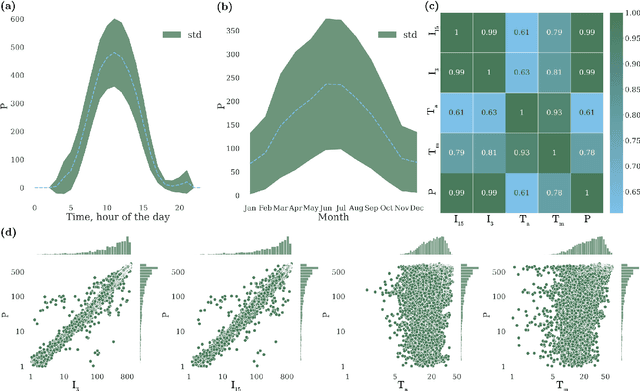
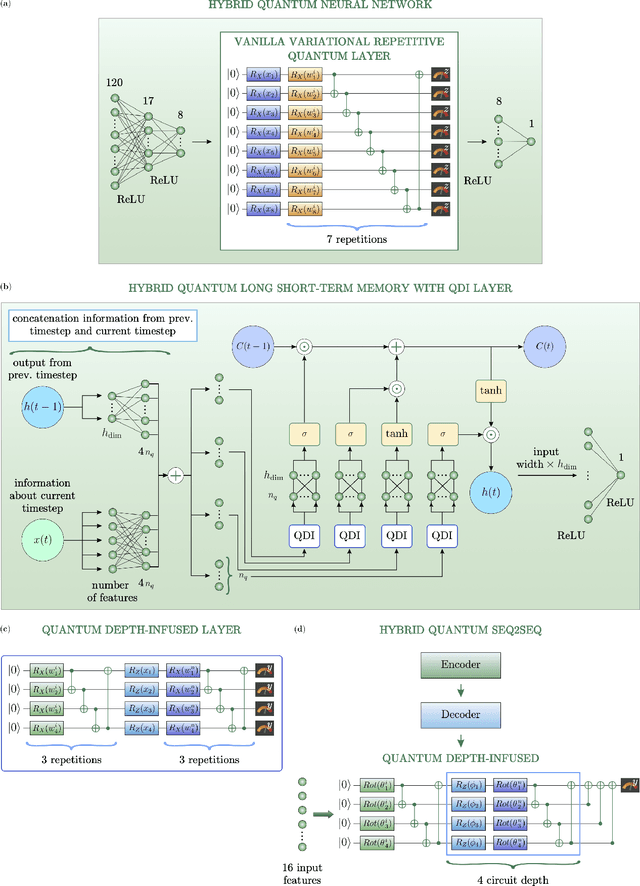
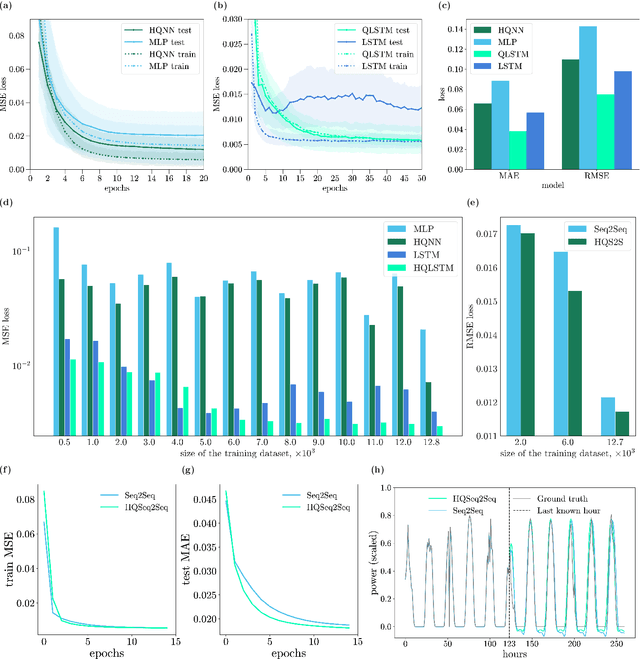
Abstract:Predicting solar panel power output is crucial for advancing the energy transition but is complicated by the variable and non-linear nature of solar energy. This is influenced by numerous meteorological factors, geographical positioning, and photovoltaic cell properties, posing significant challenges to forecasting accuracy and grid stability. Our study introduces a suite of solutions centered around hybrid quantum neural networks designed to tackle these complexities. The first proposed model, the Hybrid Quantum Long Short-Term Memory, surpasses all tested models by over 40% lower mean absolute and mean squared errors. The second proposed model, Hybrid Quantum Sequence-to-Sequence neural network, once trained, predicts photovoltaic power with 16% lower mean absolute error for arbitrary time intervals without the need for prior meteorological data, highlighting its versatility. Moreover, our hybrid models perform better even when trained on limited datasets, underlining their potential utility in data-scarce scenarios. These findings represent a stride towards resolving time series prediction challenges in energy power forecasting through hybrid quantum models, showcasing the transformative potential of quantum machine learning in catalyzing the renewable energy transition.
Quantum physics-informed neural networks for simulating computational fluid dynamics in complex shapes
Apr 21, 2023Abstract:Finding the distribution of the velocities and pressures of a fluid (by solving the Navier-Stokes equations) is a principal task in the chemical, energy, and pharmaceutical industries, as well as in mechanical engineering and the design of pipeline systems. With existing solvers, such as OpenFOAM and Ansys, simulations of fluid dynamics in intricate geometries are computationally expensive and require re-simulation whenever the geometric parameters or the initial and boundary conditions are altered. Physics-informed neural networks (PINNs) are a promising tool for simulating fluid flows in complex geometries, as they can adapt to changes in the geometry and mesh definitions, allowing for generalization across different shapes. We present a hybrid quantum physics-informed neural network that simulates laminar fluid flows in 3D Y-shaped mixers. Our approach combines the expressive power of a quantum model with the flexibility of a PINN, resulting in a 21% higher accuracy compared to a purely classical neural network. Our findings highlight the potential of machine learning approaches, and in particular quantum PINNs, for complex shape optimization tasks in computational fluid dynamics. By improving the accuracy of fluid simulations in complex geometries, our research using quantum PINNs contributes to the development of more efficient and reliable fluid dynamics solvers.
Quantum algorithms applied to satellite mission planning for Earth observation
Feb 14, 2023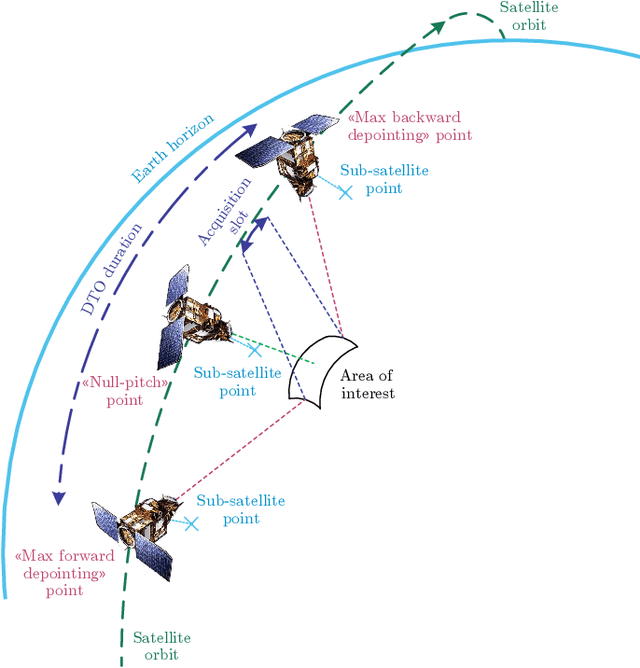



Abstract:Earth imaging satellites are a crucial part of our everyday lives that enable global tracking of industrial activities. Use cases span many applications, from weather forecasting to digital maps, carbon footprint tracking, and vegetation monitoring. However, there are also limitations; satellites are difficult to manufacture, expensive to maintain, and tricky to launch into orbit. Therefore, it is critical that satellites are employed efficiently. This poses a challenge known as the satellite mission planning problem, which could be computationally prohibitive to solve on large scales. However, close-to-optimal algorithms can often provide satisfactory resolutions, such as greedy reinforcement learning, and optimization algorithms. This paper introduces a set of quantum algorithms to solve the mission planning problem and demonstrate an advantage over the classical algorithms implemented thus far. The problem is formulated as maximizing the number of high-priority tasks completed on real datasets containing thousands of tasks and multiple satellites. This work demonstrates that through solution-chaining and clustering, optimization and machine learning algorithms offer the greatest potential for optimal solutions. Most notably, this paper illustrates that a hybridized quantum-enhanced reinforcement learning agent can achieve a completion percentage of 98.5% over high-priority tasks, which is a significant improvement over the baseline greedy methods with a completion rate of 63.6%. The results presented in this work pave the way to quantum-enabled solutions in the space industry and, more generally, future mission planning problems across industries.
 Add to Chrome
Add to Chrome Add to Firefox
Add to Firefox Add to Edge
Add to Edge